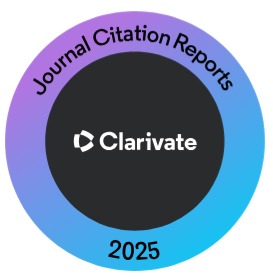Attributed Factors of Dental Anxiety on MDAS Score: A Cross Sectional Study
Abstract
Objectives: To find an association of dental anxiety with age, education status, previous dental experience and reason for visiting dentist in Bahria Dental University Hospital, Karachi and to assess the MDAS score of male and female patients visited to dental OPD.
Methodology: All those patients who were reported to oral medicine OPD, between the age group of 18-65 years were included. The patients with neuro-psychological and depressive symptoms for less than six weeks and had bereavement in the last six weeks were excluded from the study. Total 550 MDAS (modified dental anxiety scale) questionnaires were distributed from which 512 questionnaires were completed and entered on SPSS version 23 for data analysis. P value < 0.05 was considered as statistically significant.
Results: The prevalence of anxiety was found to be 31(6.1%). The mean MDAS score was 10.53+5.25. In this study; 18-30 and 31-45 years of patients were equally anxious (35%); on the other hand intermediate/graduate patients were found to be more (64.5%) anxious as compare to other educational levels. Patients having positive experience (93.5%) of past dental treatment were more anxious. Upon MDAS responses; majority of participants (n=29-5.7%) were extremely anxious during local anesthesia. Male participants were found to be very anxious then female participants.
Conclusion: Dental anxiety was associated with educational status and visited to dentists for RCT. MDAS score was found more in male patients as compare to female patients. The dental procedures in which injection or anesthesia was used made the patients more anxious according to MDAS score.
Key Words: Dental Anxiety, Fear, Modified Dental Anxiety Scale (MDAS) Score.
Downloads
Published
How to Cite
Issue
Section
License
Submission of a manuscript to the journal implies that all authors have read and agreed to the content of the undertaking form or the Terms and Conditions.
When an article is accepted for publication, the author(s) retain the copyright and are required to grant the publisher the right of first publication and other non-exclusive publishing rights to JLUMHS.
Articles published in the Journal of Liaquat University of Medical & health sciences are open access articles under a Creative Commons Attribution-Noncommercial - Share Alike 4.0 License. This license permits use, distribution and reproduction in any medium; provided the original work is properly cited and initial publication in this journal. This is in accordance with the BOAI definition of open access. In addition to that users are allowed to remix, tweak and build upon the work non-commercially as long as appropriate credit is given and the new creations are licensed under the identical terms. Or, in certain cases it can be stated that all articles and content there in are published under creative commons license unless stated otherwise.























